Bilastine Dosage Calculator
Recommended Dosage Calculator
Select your age group to see the appropriate Bilastine dosage recommendations.
Select your age group to see dosage information.
Quick Takeaways
- Bilastine is a non‑sedating, second‑generation antihistamine approved for allergic rhinitis and chronic urticaria.
- It works by blocking the histamine H1 receptor, reducing itching, sneezing, and runny nose.
- No dose adjustment is needed for kidney or liver impairment because it is excreted unchanged.
- Common side effects are mild and include headache and dry mouth; serious reactions are rare.
- Bilastine does not interact with most CYP450 enzymes, making it safer with other meds.
What is Bilastine?
When you see the name Bilastine is a second‑generation, non‑sedating antihistamine that selectively blocks H1 receptors, think of a blocker that stops the itch‑inducing signal before it reaches your nerves. Developed in the early 2000s and approved in Europe in 2010, it quickly gained a reputation for rapid relief and a low chance of making you drowsy.
How Bilastine Works: The Science Behind the Relief
To understand why Bilastine eases allergy symptoms, you need to know a bit about the Histamine H1 receptor is a protein on the surface of cells that, when activated by histamine, triggers itching, swelling, and mucus production. During an allergic reaction, your immune system releases histamine, which then binds to these H1 receptors. Bilastine’s high affinity for the receptor prevents histamine from attaching, effectively silencing the allergic cascade.
Because it doesn’t cross the blood‑brain barrier easily, Bilastine stays out of the central nervous system, which explains its minimal sedative effect compared with first‑generation antihistamines like diphenhydramine.
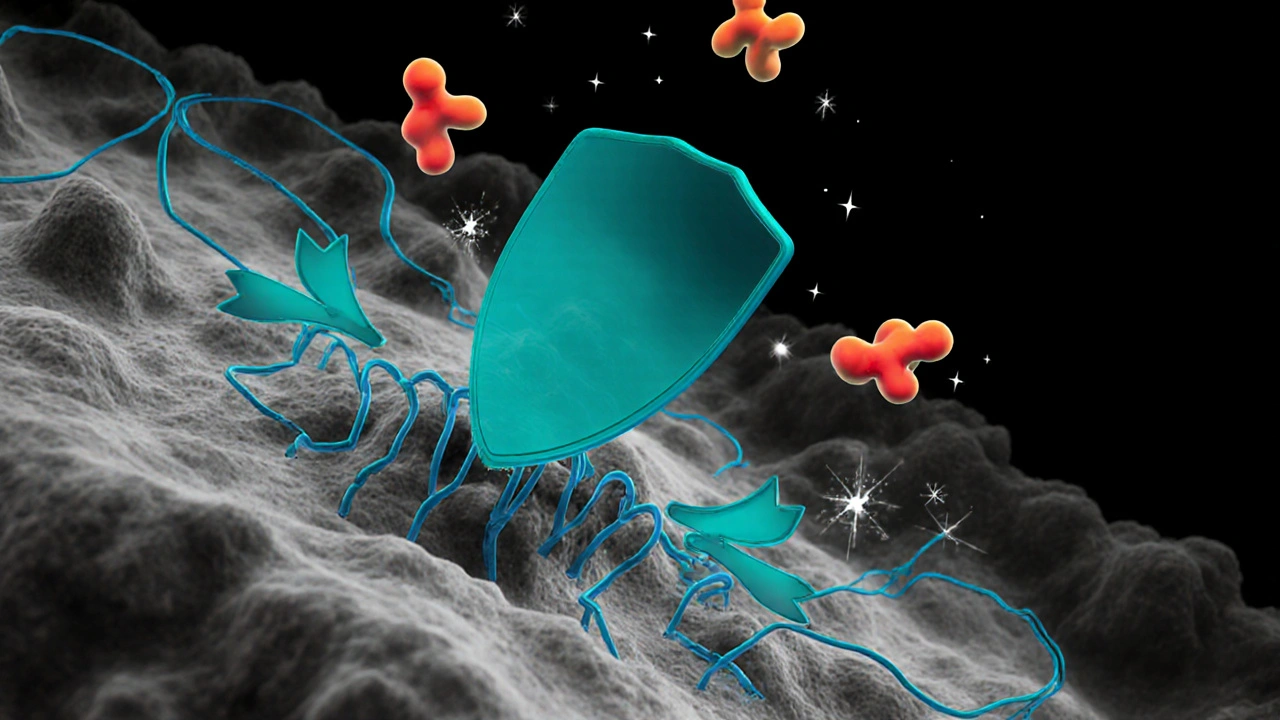
Approved Uses: When to Reach for Bilastine
Regulatory agencies have cleared Bilastine for two main indications:
- Allergic rhinitis is an inflammation of the nasal passages triggered by allergens such as pollen, dust mites, or animal dander.
- Chronic urticaria is a skin condition characterized by hives that persist for six weeks or more, often without a clear trigger.
Many clinicians also prescribe it off‑label for Food allergy symptoms and for managing itching associated with atopic dermatitis, although these uses aren’t formally approved in all regions.
Dosage & Administration
Bilastine is taken orally, usually as a 20mg tablet once a day. The tablet should be swallowed with a full glass of water, and you’ll get the best absorption if you wait at least two hours after eating a large meal or drinking fruit juice.
Here’s a quick dosing chart:
| Age Group | Dosage | Special Instructions |
|---|---|---|
| Adults & adolescents (12years and older) | 20mg once daily | Take on an empty stomach for optimal absorption. |
| Children 6‑11years | 10mg once daily (half tablet) | Only if prescribed by a pediatric specialist. |
| Children under 6years | Not recommended | Safety data are limited. |
Because Bilastine is eliminated unchanged in the urine and feces, you don’t need dosage adjustments for liver or kidney disease-a big plus for older adults.
Safety Profile: Side Effects, Contra‑indications & Interactions
Like any medication, Bilastine has a safety record that deserves attention.
Common, mild side effects
- Headache (reported in ~5% of users)
- Dry mouth
- Fatigue (rare and usually transient)
Serious but rare events
- Hypersensitivity reactions - skin rash, swelling, or difficulty breathing. Immediate medical attention is required.
- Cardiac arrhythmias - extremely infrequent, observed mainly in patients with pre‑existing heart disease.
In terms of Contra‑indications Bilastine should not be used by anyone with a known hypersensitivity to the drug or its excipients.
Drug interactions
Bilastine’s metabolism bypasses the cytochrome P450 system, so it has a low interaction risk. However, two exceptions exist:
- Strong P‑glycoprotein (P‑gp) inhibitors (e.g., cyclosporine, ketoconazole) can raise Bilastine plasma levels by up to 40%; dose adjustment isn’t required but monitor for increased sedation.
- Antacids containing aluminum or magnesium may reduce absorption; separate administration by at least two hours.
Overall, you can usually combine Bilastine with other antihistamines, nasal steroids, or leukotriene modifiers without trouble.
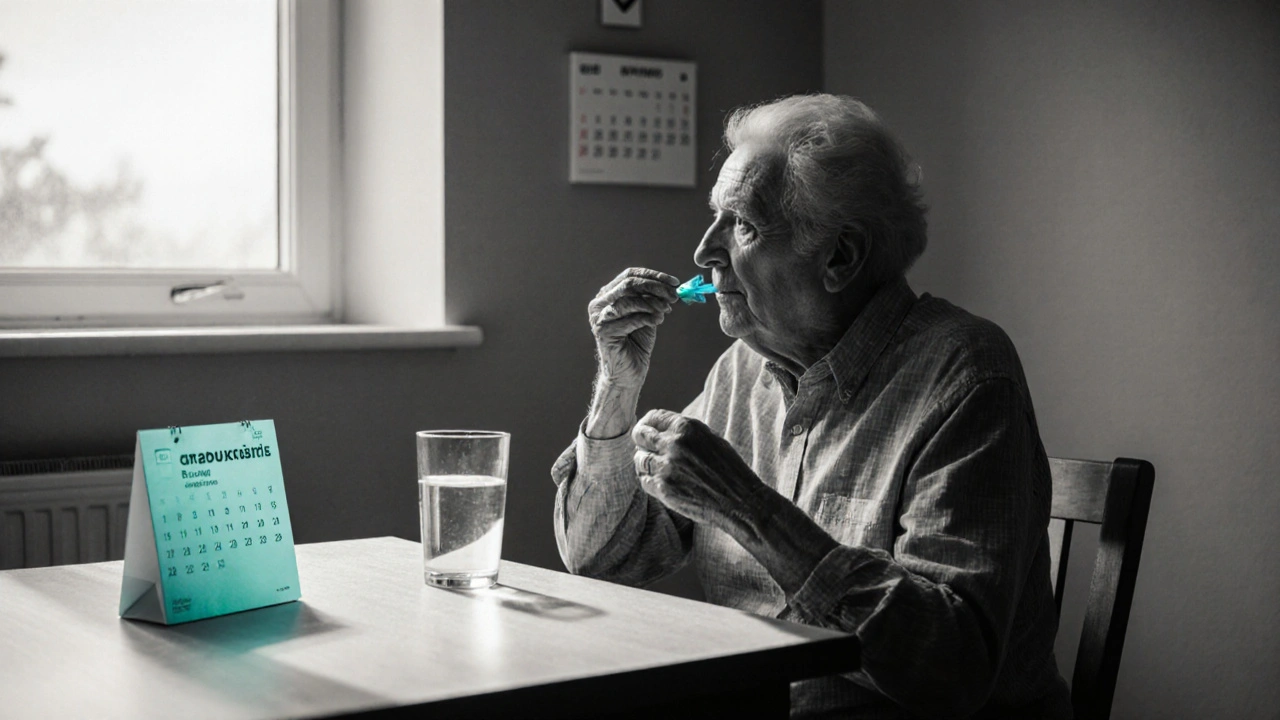
Bilastine vs. Other Second‑Generation Antihistamines
Choosing the right antihistamine often comes down to onset of action, duration, and sedation risk. Below is a side‑by‑side look at the most common alternatives.
| Drug | Onset (minutes) | Duration (hours) | Sedation Risk | Metabolism Pathway |
|---|---|---|---|---|
| Bilastine | ~30 | 24 | Very low | Renal excretion, minimal CYP involvement |
| Cetirizine | ~60 | 24 | Low‑moderate | CYP3A4 & CYP2D6 |
| Loratadine | ~90 | 24 | Very low | CYP3A4 |
| Fexofenadine | ~120 | 24 | Very low | Minimal metabolism, P‑gp substrate |
If you need the fastest relief, Bilastine’s 30‑minute onset gives it an edge over loratadine and fexofenadine. Its lack of CYP metabolism also makes it a safer pick for patients on multiple prescriptions.
Practical Tips for Getting the Most Out of Bilastine
- Take the tablet with water, not juice, to avoid reduced absorption.
- If you’re on a P‑gp inhibitor, keep an eye on any unexpected drowsiness and tell your doctor.
- Store the medication at room temperature, away from moisture and direct sunlight.
- Don’t double‑dose if you miss a pill; just take the next dose at the regular time.
- Combine Bilastine with a nasal saline rinse for extra relief in allergic rhinitis.
Frequently Asked Questions
Can I take Bilastine while pregnant?
Current data are limited, but most guidelines advise using Bilastine only if the expected benefit outweighs potential risk. Always discuss with your obstetrician before starting.
How quickly will Bilastine stop my itching?
Most people notice a reduction in itching within 30‑60 minutes, with full effect by the end of the first day of consistent use.
Is Bilastine safe for older adults?
Yes. Because the drug is excreted unchanged, no dose reduction is required for age‑related liver or kidney decline. Monitor for rare cardiac effects if the patient has a history of arrhythmias.
Can I use Bilastine together with a nasal steroid spray?
Absolutely. Combining an antihistamine with a topical steroid is a common strategy to tackle both nasal congestion and irritation.
What should I do if I experience a rash after taking Bilastine?
Stop the medication immediately and seek medical attention. A rash can signal a hypersensitivity reaction that needs prompt treatment.

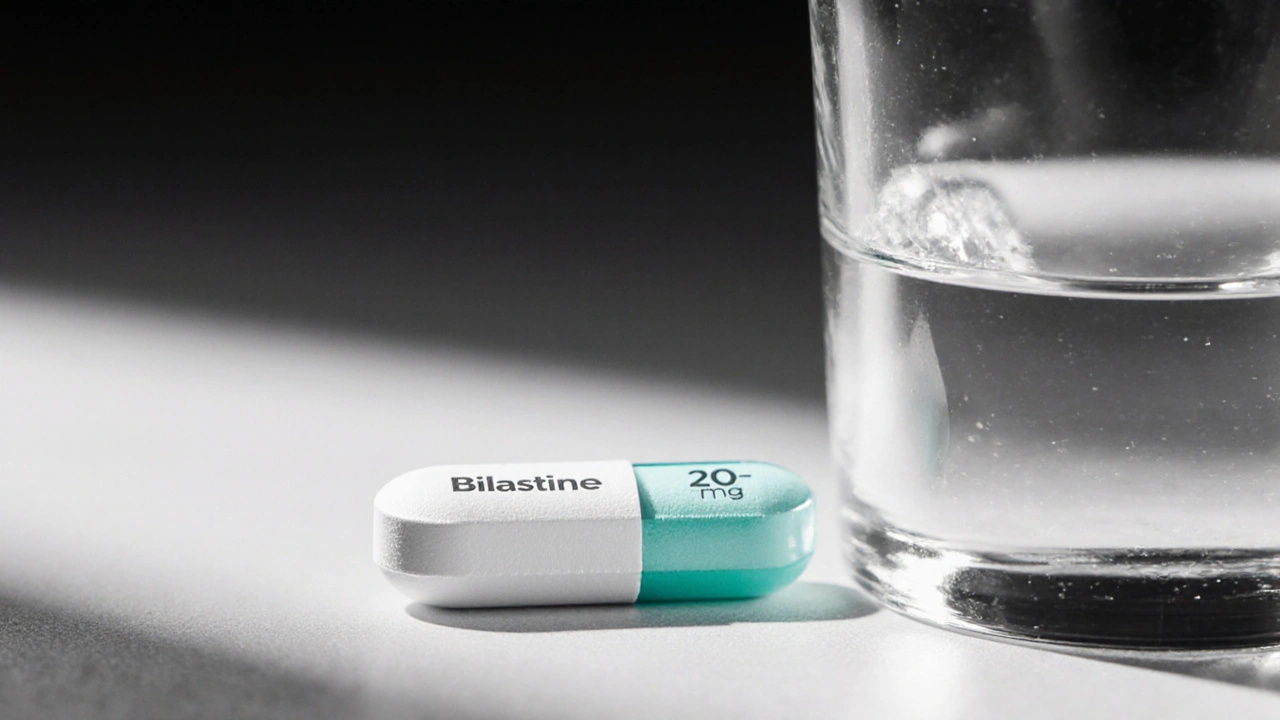
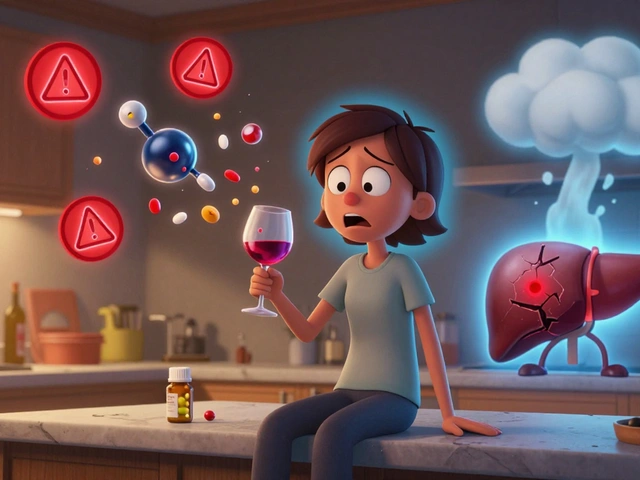
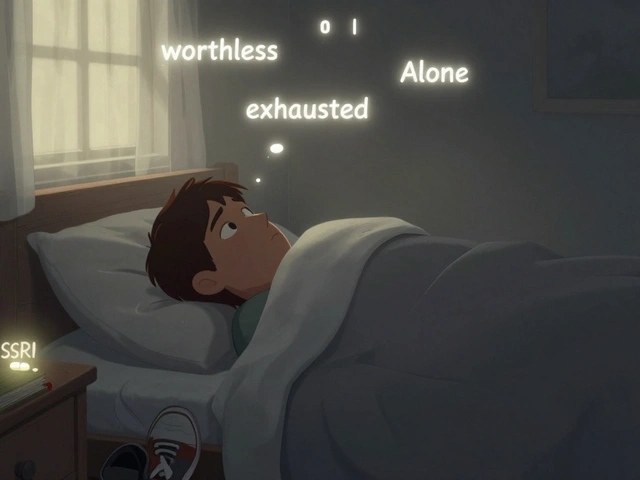
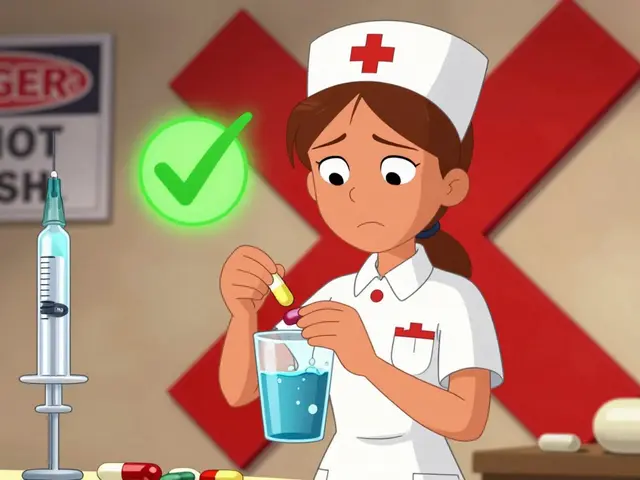


I started using Bilastine after a summer of sneezing fits that wouldn’t quit. The first dose gave me relief within about half an hour, just like the guide says. I liked that it doesn’t make me feel drowsy, so I could drive home after work without a nap. My doctor mentioned the lack of liver dose‑adjustment, which is a relief for my older parents. Overall, it fits nicely into my daily routine.
Good to know there’s a non‑sedating option out there.
From a pharmacokinetic standpoint, Bilastine’s renal excretion bypasses the hepatic CYP450 cascade, which markedly reduces polypharmacy concerns. Its high affinity constant (Kd) for the H1 receptor translates into a rapid onset, typically observed within 30 minutes post‑administration. Moreover, the negligible blood‑brain barrier permeability is corroborated by a low CNS:plasma ratio, accounting for the minimal somnolence profile. Clinically, the drug’s volume of distribution approximates 30‑40 L, indicating limited tissue sequestration. Consequently, dosing adjustments are unnecessary in hepatic impairment, a distinct advantage over cetirizine. The absence of significant P‑gp substrate competition, aside from strong inhibitors, further simplifies regimen planning. In summary, the physicochemical properties render Bilastine a versatile antihistamine for multimorbid patients.
Bilastine’s safety record makes it a solid choice for folks who want to avoid the sleep‑inducing side effects of older antihistamines. It’s especially useful for people who need to stay alert on the job, whether on the factory floor or in the office. The fact that it’s not metabolized by CYP enzymes means fewer worries about hidden drug interactions. All in all, it’s a win‑win for performance and health.
Wow wow the hype is real but do we really need another antihistamine it feels like a marketing spin
Give Bilastine a try if you’re battling relentless allergies! It works fast-noticeable relief in under an hour! No drowsy crash, just clear breathing and happy days! Stay strong, stay active!
While the literature touts Bilastine as a panacea for allergic rhinitis, a closer inspection reveals several caveats that merit discussion. First, the absence of robust phase III data in North American populations limits the generalizability of the efficacy claims. Second, the drug’s reliance on renal excretion raises concerns for patients with subclinical nephropathy, a demographic that is often under‑screened. Third, the purported lack of CYP450 involvement does not preclude interactions mediated by P‑glycoprotein transporters, which have been documented in case studies involving strong inhibitors. Fourth, the reported incidence of headache, albeit modest, may be clinically significant for individuals with migraine histories. Fifth, the dry‑mouth side effect can exacerbate dental caries if oral hygiene is compromised. Sixth, the contraindication for hypersensitivity is vaguely defined, leaving clinicians to exercise judgment without clear biomarkers. Seventh, the recommendation to avoid fruit juices is inconvenient for patients with dietary restrictions, reducing real‑world adherence. Eighth, the comparative onset time advantage over loratadine is marginal when considering inter‑individual variability. Ninth, the long half‑life, while beneficial for once‑daily dosing, may prolong adverse reactions in susceptible users. Tenth, the cost of Bilastine in certain markets exceeds that of generic alternatives, posing an economic barrier. Eleventh, the lack of pediatric approval below six years underscores a gap in safety data for younger cohorts. Twelfth, the cardiac arrhythmia warnings, though rare, necessitate cardiac monitoring in high‑risk groups. Thirteenth, the data on use during pregnancy remain insufficient, compelling clinicians to weigh uncertain fetal risk. Fourteenth, the interaction with antacids, albeit simple to manage, adds another layer of regimen complexity. Finally, the marketing narrative often overlooks these nuances, potentially leading to overprescription without individualized assessment.
Ah, the grand tour of caveats-nice touch, but most of us just want a sneeze‑free afternoon. Your list reads like a legal disclaimer, not a user guide. Still, point taken: check the kidneys and the wallet before you pop a pill. Cheers for the reality check.
The drama of allergy meds rivals any soap opera, yet we keep scrolling for the next plot twist. Bilastine dances on the edge of perfection and peril, a hero with a secret flaw. When the side‑effects whisper, the audience gasps-will they survive the night? The stakes are high when a simple runny nose becomes a battlefield. In the end, it's the patient who decides the final act.
Life’s just histamine and we’re all trying to block the chaos. Bilastine is just another philosopher in the pharmacy aisle.
I remember the first time my allergies turned my bedroom into a desert, pollen swirling like a sandstorm, and I was desperate for a miracle. Then a colleague tossed me a Bilastine tablet like a holy relic, promising relief without the dreaded midnight yawns. I took it on an empty stomach, waiting two hours after a massive breakfast, and felt the itch melt away as if an invisible hand had turned off the faucet. The next morning, my nose was clear, my eyes bright, and I could finally enjoy my coffee without sneezing into the cup. Friends asked me what I’d used, and I told them it was the silent guardian of the allergist’s arsenal. Yet the drama didn’t end there; a week later, a cousin on a potassium‑sparing diuretic felt oddly drowsy, reminding me that even the best drugs have hidden chapters. In the grand theater of health, Bilastine plays a starring role, but the script is never truly static.
Sounds like a blockbuster, but I’m just happy my pollen count stayed low. If it works, keep the hype coming. No need for a sequel.
For anyone considering Bilastine, remember to space it away from meals and fruit juices to maximize absorption. Monitoring for rare skin reactions is advisable, especially if you have a history of drug sensitivities. Discuss any concurrent P‑gp inhibitors with your pharmacist to avoid unexpected plasma spikes. Overall, it remains a solid option for non‑sedating allergy relief.